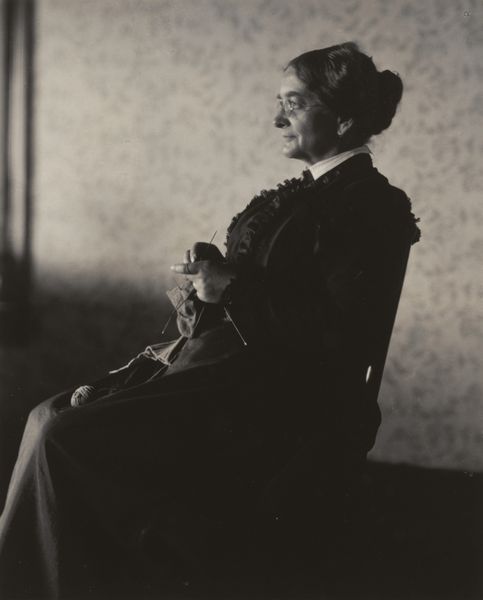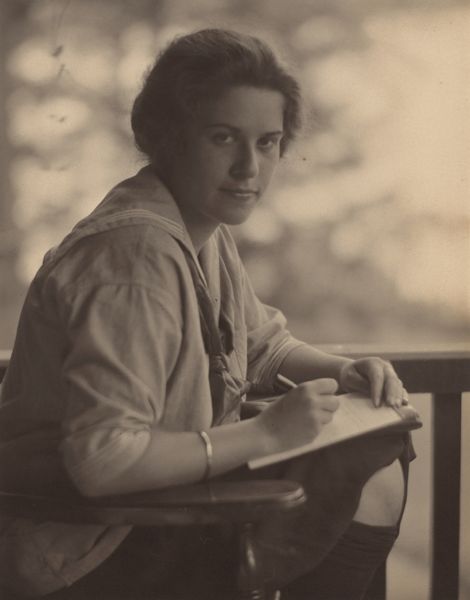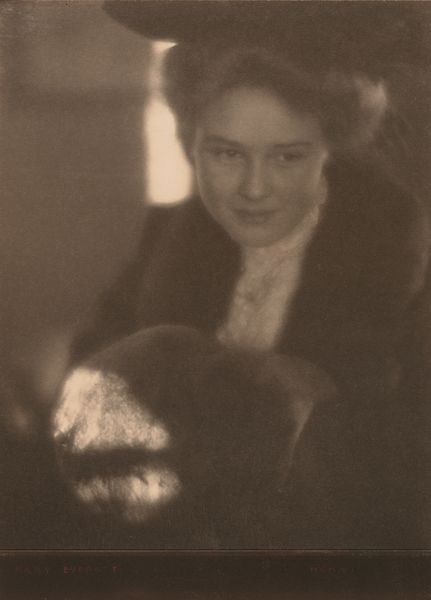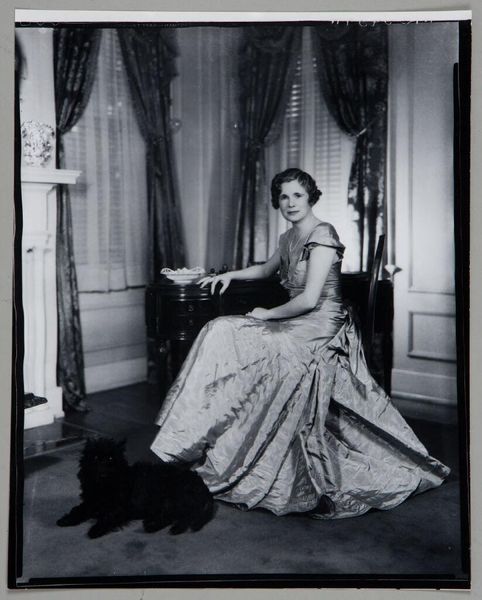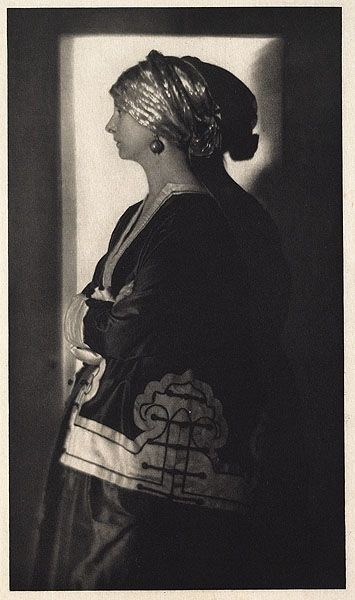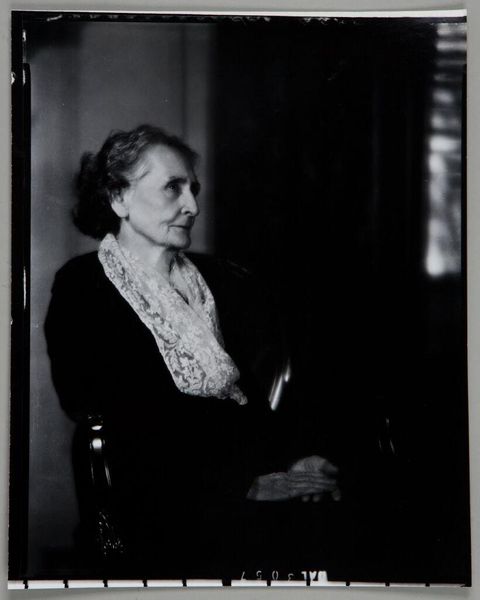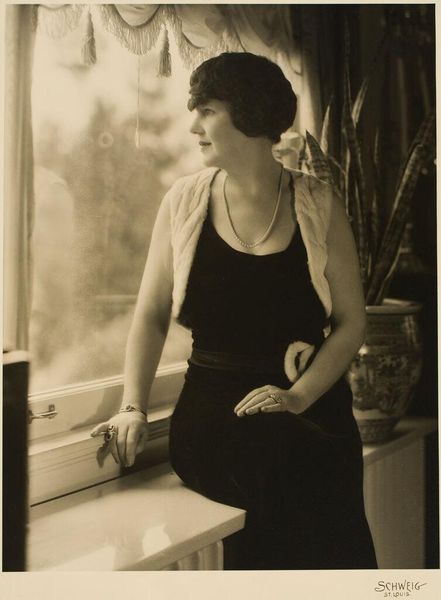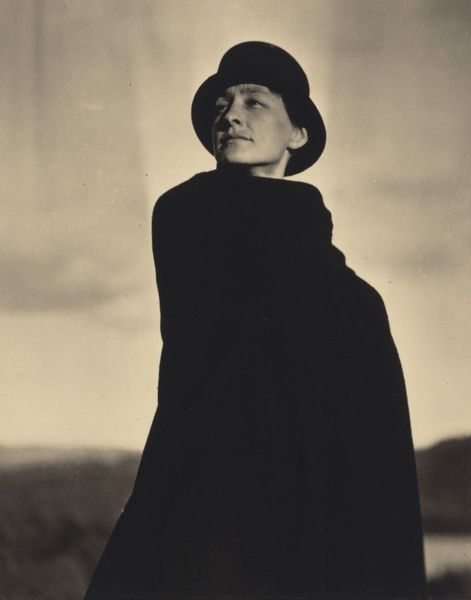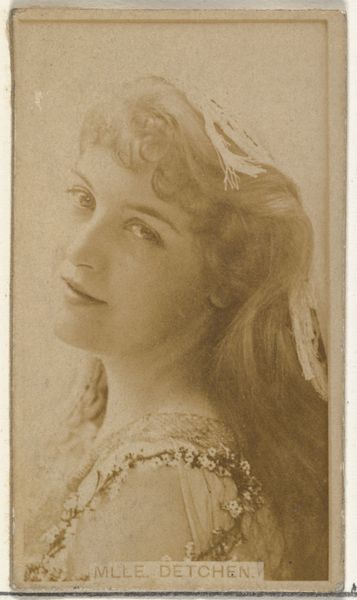![[Woman Playing Cello] by Thomas Eakins](/_next/image?url=https%3A%2F%2Fd2w8kbdekdi1gv.cloudfront.net%2FeyJidWNrZXQiOiAiYXJ0ZXJhLWltYWdlcy1idWNrZXQiLCAia2V5IjogImFydHdvcmtzLzM1ZDhkYmZiLWYxYWItNDIwMS05MjNhLTIxNDBlNzJkMWNmOC8zNWQ4ZGJmYi1mMWFiLTQyMDEtOTIzYS0yMTQwZTcyZDFjZjhfZnVsbC5qcGciLCAiZWRpdHMiOiB7InJlc2l6ZSI6IHsid2lkdGgiOiAxOTIwLCAiaGVpZ2h0IjogMTkyMCwgImZpdCI6ICJpbnNpZGUifX19&w=3840&q=75)
photography
#
portrait
#
impressionism
#
figuration
#
photography
#
genre-painting
Copyright: Public Domain
Editor: So, here we have "Woman Playing Cello," a photograph from the 1880s by Thomas Eakins, housed at the Metropolitan Museum of Art. The tones are soft and the woman looks so poised and contemplative. What stands out to you about this piece? Curator: What intrigues me is how Eakins is presenting modern women and their cultural roles in this period. Remember, in the late 19th century, art was becoming increasingly accessible. Depicting women actively engaging with arts like playing the cello was a powerful visual statement. Editor: So you are saying it goes beyond just being a pretty picture of someone playing music? Curator: Exactly. Consider how Eakins, known for his realism, uses photography— a relatively new medium at the time— to document a woman's participation in what was perceived as high culture. Photography democratized art, both in creation and in subject matter. The rising middle class could now possess portraits. Eakins positions this woman in a domestic setting but elevates her status through her musicianship. Editor: That's interesting; the photograph feels intimate, but you're also saying it speaks to wider societal shifts. Did these representations have an effect on culture? Curator: Undeniably. Art like this shaped public perception. Showing women pursuing artistic endeavors normalized their presence in the cultural sphere and arguably contributed to discussions around women's education and agency. The very act of creating such a realistic piece pushed back on traditional, often idealized, portrayals. What else catches your eye? Editor: I didn't initially think about the photograph as challenging social norms, I was just taken by how serene it felt. This new way of looking definitely enriches my understanding. Curator: It goes to show how even seemingly simple images can hold complex layers of cultural meaning. Editor: I'll remember to dig deeper, thanks!
Comments
No comments
Be the first to comment and join the conversation on the ultimate creative platform.
